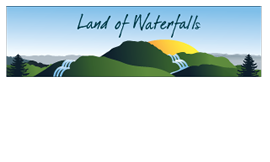The African-American population in
Transylvania County has always been relatively small. When Transylvania County was created in 1861
there were 447 slaves recorded living in the county. The first U.S. Census for Transylvania County
was taken in 1870. It lists the total
population as 3536, with 3227 white and 309 colored. African-Americans accounted for 8.74% of the
county’s people.
The Historical Census Browser from the
University of Virginia allows users to examine populations, ethnicity, race, education,
agriculture and economic statistics by county from 1790-1960. It shows that the African-American population
in Transylvania County grew over the 100 year period from the county’s
formation to 1960. However, the total
population grew at a faster rate so that by 1960 African-Americans made up just
5.22% of the county’s population.
During this time period communities were segregated. Although whites and blacks may have worked together
in places like Transylvania Tanning on the south side of Brevard, they lived
separate lives. They shopped at
different stores, attended different churches and schools, and lived in
different communities.
There was a well-established
African-American community between the Transylvania Tannery property and
downtown Brevard on the west side of Caldwell Street. Around 1910 a school was built on West Main
Street for African-American children. In
1920 Rosenwald funds were used to help expand the school. Since that time the area has been known as
the Rosenwald community.
 |
|
Jip Mills’ Store on Mills Avenue. Callie Mills later operated a beauty parlor there. Then it served as apartments. |
Rosenwald was
actually made up of several smaller neighborhoods though. These include The Flats, Georgia Hill, Goose
Hollow, Greasy Corner and Hemphill Circle.
In the days of segregation there were numerous businesses located in
Rosenwald. These includes grocery stores
operated by Jip Mills, Annie Bell Killian, Sherman Crite, Jr., Mattie Pierce
and Dorothy Hill; cafes owned by Grady Elliott, Roy Whitesides, Ed &
Ophelia Hutchinson, Sam & Winona Whitesides, George Wilks, Frank Kilgore, Norvail
Mooney and Hub Langston. Victor Betsill
and William Henry Hutchinson had barbershops, Callie Mills and Evon Kelly ran
beauty parlors and George Bailey and Ed Killian both operated taxi services. There were construction, masonry, janitorial,
garbage, real estate and other businesses owned by African-American as
well. There were also a number of
boarding houses in the Rosenwald community.
 |
|
Hub Langston’s Café on Carver St. Mattie Pierce had a café in the building later. She added the cinderblock addition for a |
In addition,
there were four other African-American communities in Transylvania County with
strong ties to Rosenwald. These included Glade
Creek, French Broad, Pinnacle and Frog Bottom.
During the month
of February there will be a display created by Edith Darity celebrating the
history of Transylvania County’s African-Americans on the 2nd floor
at the Library.
Photographs and information for this column are provided by the Rowell
Bosse North Carolina Room, Transylvania County Library. Visit the NC Room
during regular library hours (Monday-Friday) to learn more about our history
and see additional photographs. For more information, comments or
suggestions contact Marcy at [email protected] or
828-884-3151 X242.



